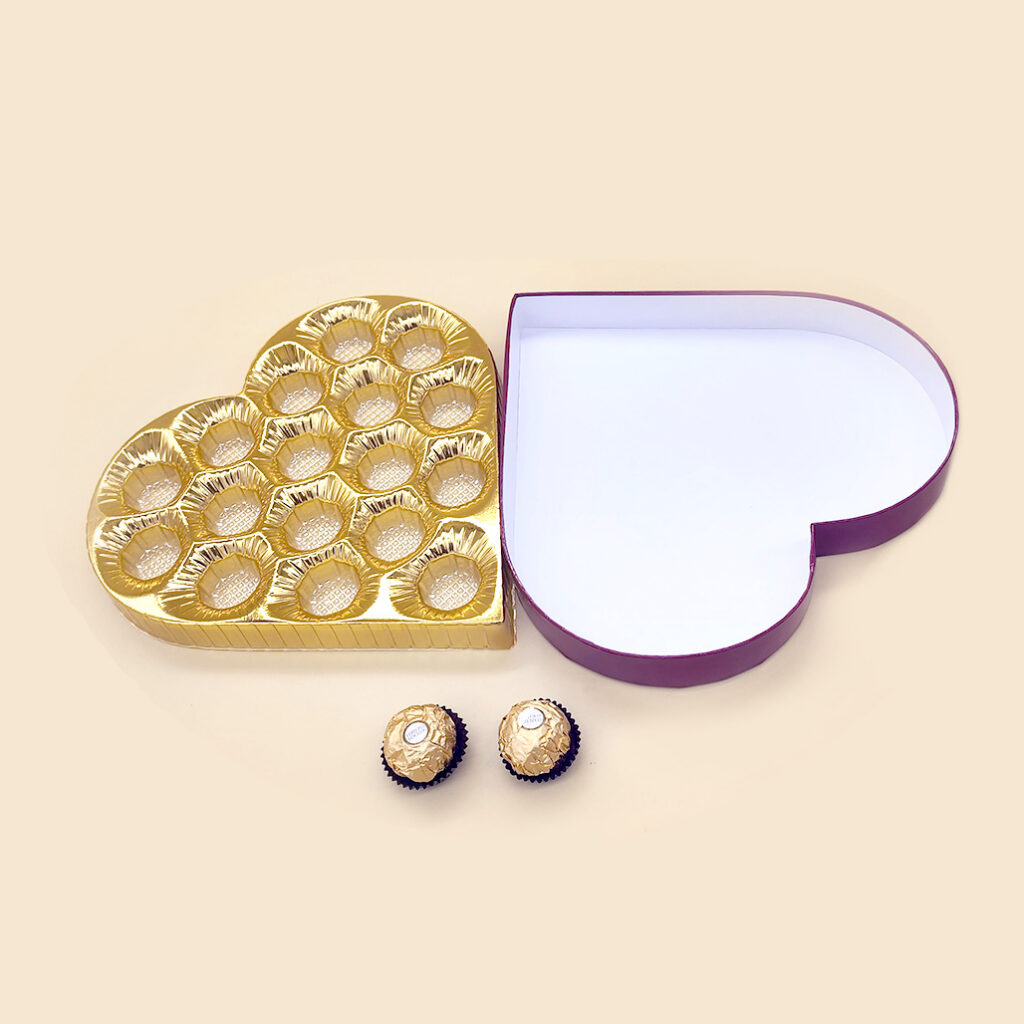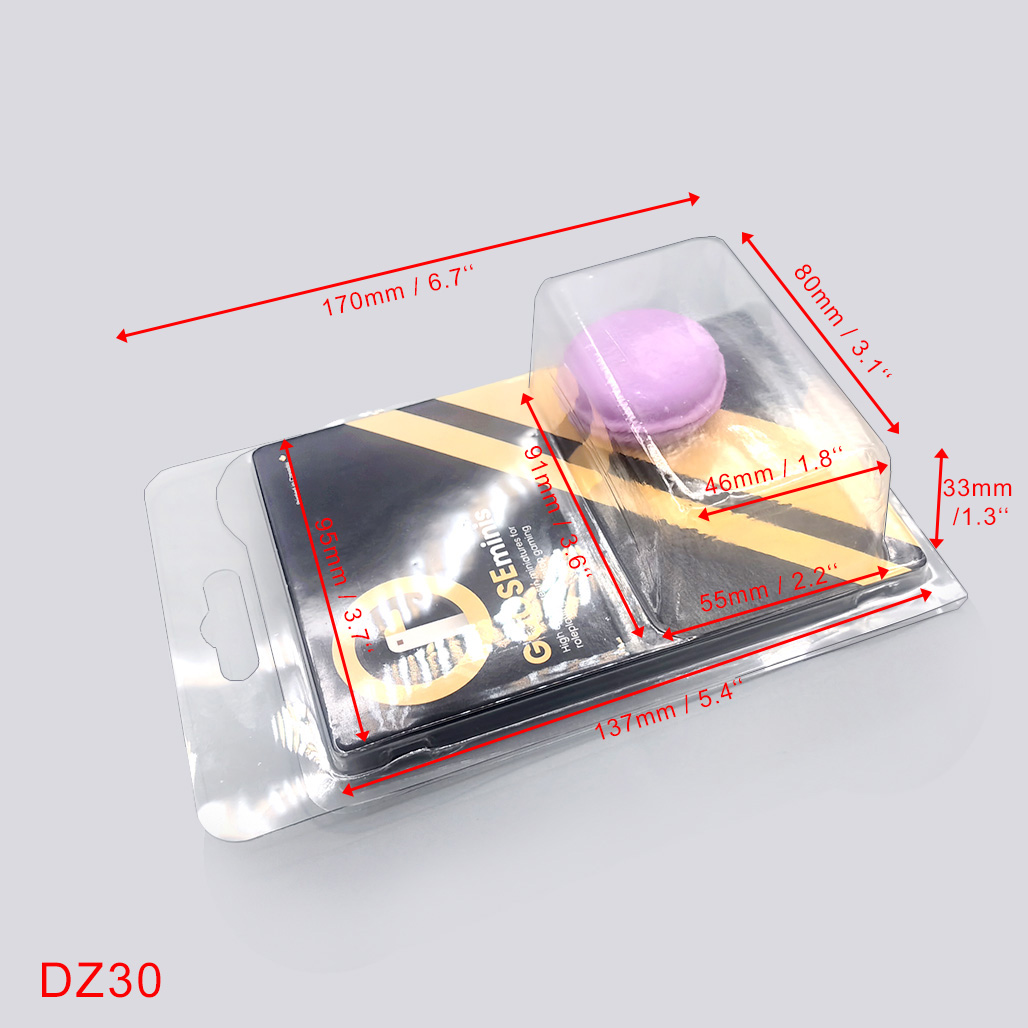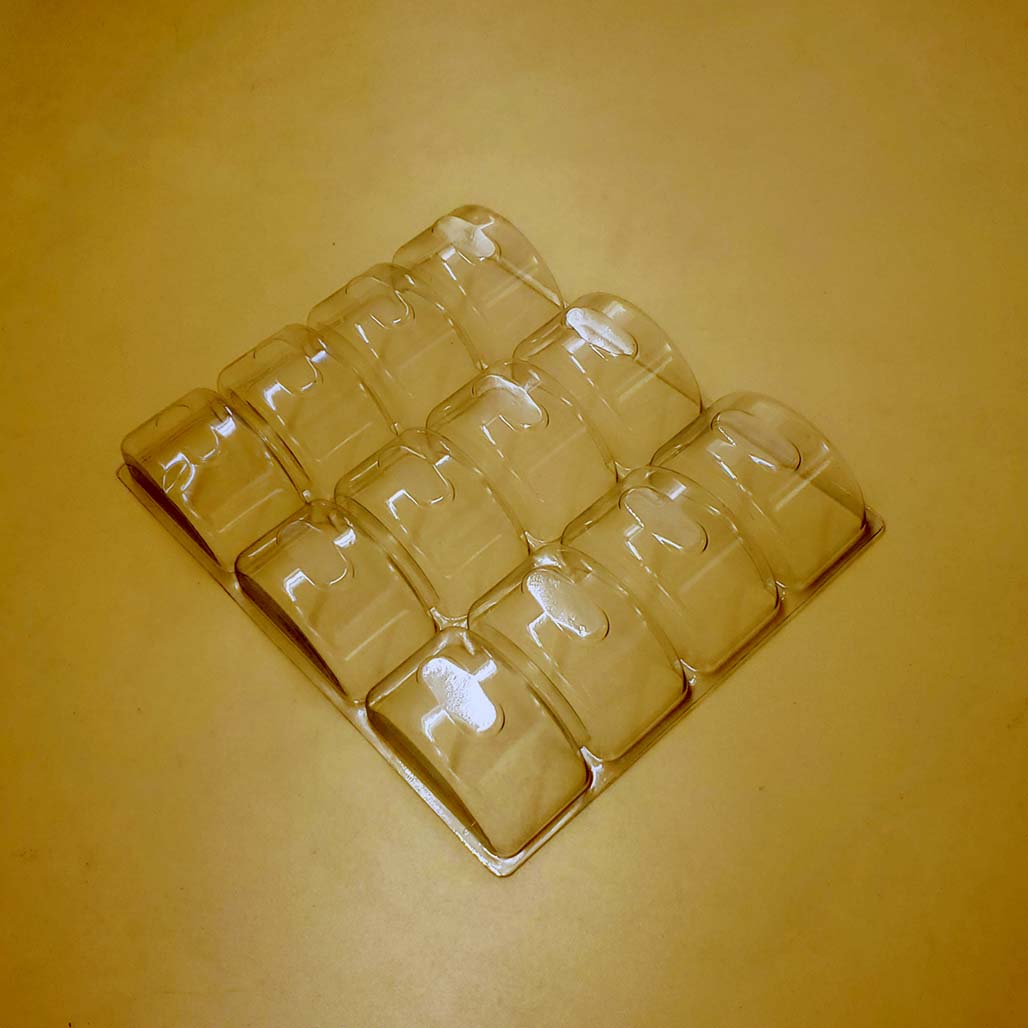
Blister packaging products are a common type of plastic packaging product, widely used in industries such as food, cosmetics, and electronic products. Proper storage is crucial to ensure the quality of vacuum formed packaging products and extend their service life. Here are some suggestions for the correct storage of vacuum formed packaging products.

Temperature control: Blister packaging products should be stored in a dry, well ventilated environment to avoid exposure to high temperatures. High temperature can cause deformation, discoloration, and even softening of vacuum formed packaging products, affecting their effectiveness. Generally speaking, the ambient temperature for storing vacuum formed packaging products should be controlled below 20 degrees Celsius.
Dark storage: Blister packaging products can cause color changes and a decrease in gloss when exposed to direct sunlight. Therefore, when storing vacuum formed packaging products, direct sunlight should be avoided as much as possible. You can choose to store it in a cool place or cover it with a non transparent box or bag.

Moisture proof and Moisturizing: Vacuum formed packaging products are highly sensitive to moisture and are prone to moisture absorption in humid environments, leading to deformation, mold growth, and other issues. Therefore, when storing vacuum formed packaging products, it is advisable to avoid contact with water sources or damp areas as much as possible. You can choose to use moisture absorbing substances such as moisture-proof agents and desiccants, and place them in storage boxes or bags to achieve moisture absorption and retention.

Avoid heavy pressure: Blister packaging products are usually composed of thin films, which are more susceptible to external pressure and deformation. During the storage process, other heavy objects should be avoided from being placed on top of the vacuum formed packaging products to prevent deformation, damage, and other situations.

Classification storage: If storing multiple types of vacuum formed packaging products, they should be classified and stored according to their categories, and clearly labeled. This can facilitate access and management, while avoiding problems such as color transfer caused by different types of vacuum formed packaging products coming into contact with each other.
Regular inspection: Regularly inspect the stored vacuum formed packaging products to ensure that their appearance is intact and undamaged. If deformation, cracks, discoloration, or other conditions are found, they should be promptly dealt with or replaced to avoid affecting the effectiveness of use.
Avoid contact with chemicals: Vacuum formed packaging products often come into contact with cosmetics, food, and other items, so it is important to avoid contact with corrosive and harmful chemicals during storage. This can prevent the blister packaging products from being corroded by chemicals, which can affect their quality and safety.
Pay attention to fire prevention: Blister packaging products are plastic products that are prone to combustion and release some toxic gases when exposed to open flames or high temperatures. Therefore, when storing vacuum formed packaging products, avoid contact with open flames, stay away from sources of fire, and maintain ventilation as much as possible.
In summary, proper storage of vacuum formed packaging products is crucial for maintaining their quality and extending their service life. By controlling the temperature of the storage environment, storing in the dark, preventing moisture and humidity, avoiding heavy pressure, classifying storage, conducting regular inspections, avoiding contact with chemicals, and paying attention to fire prevention measures, the integrity and safe use of vacuum formed packaging products can be ensured.



